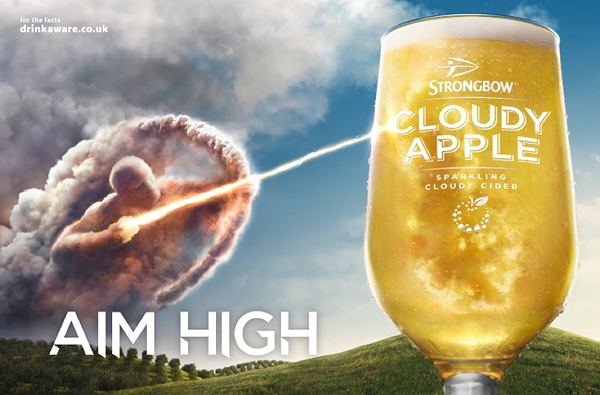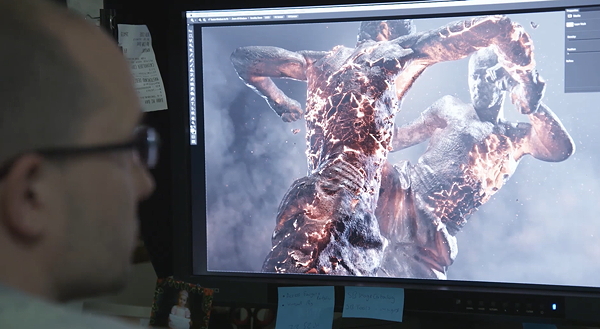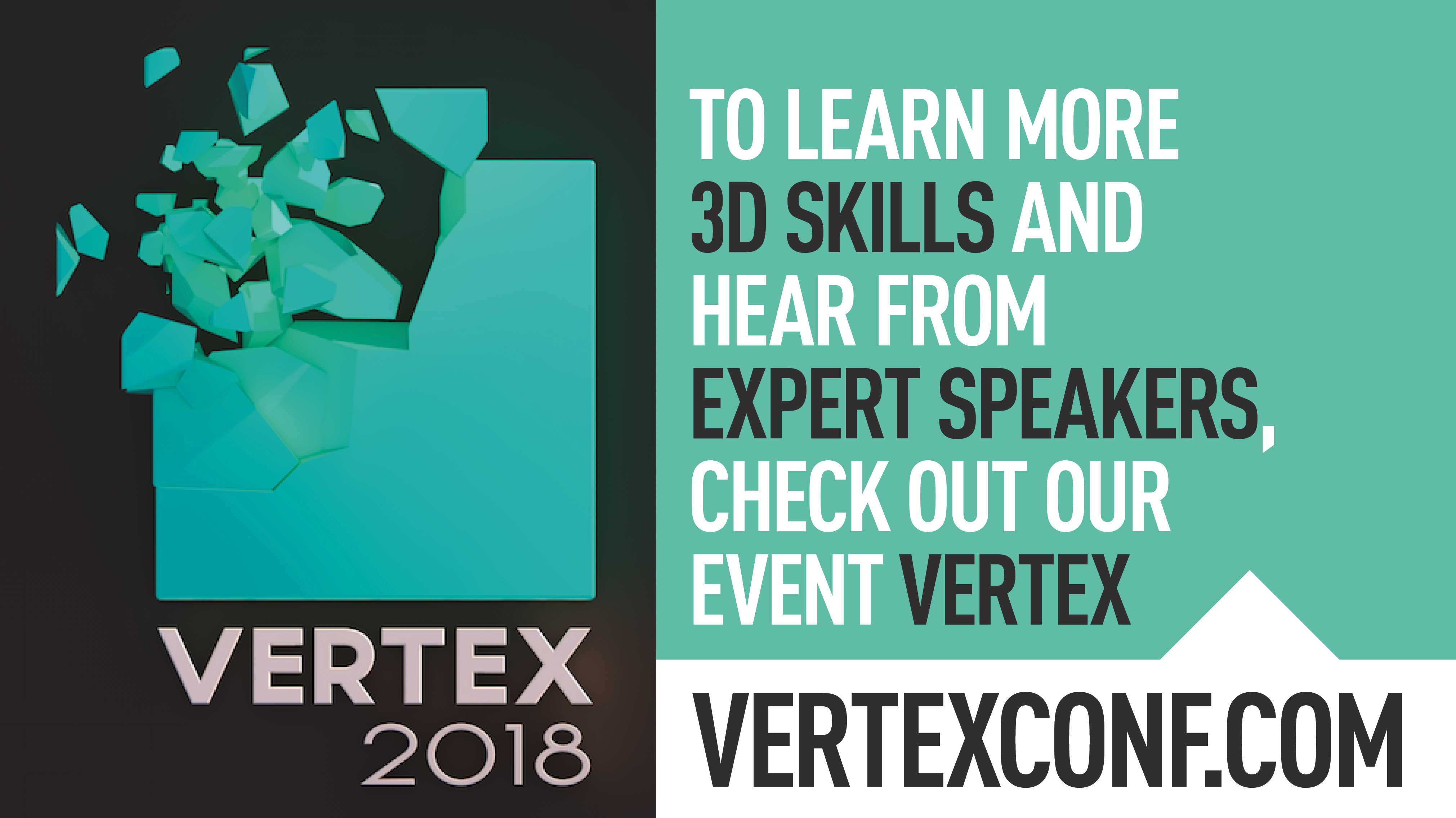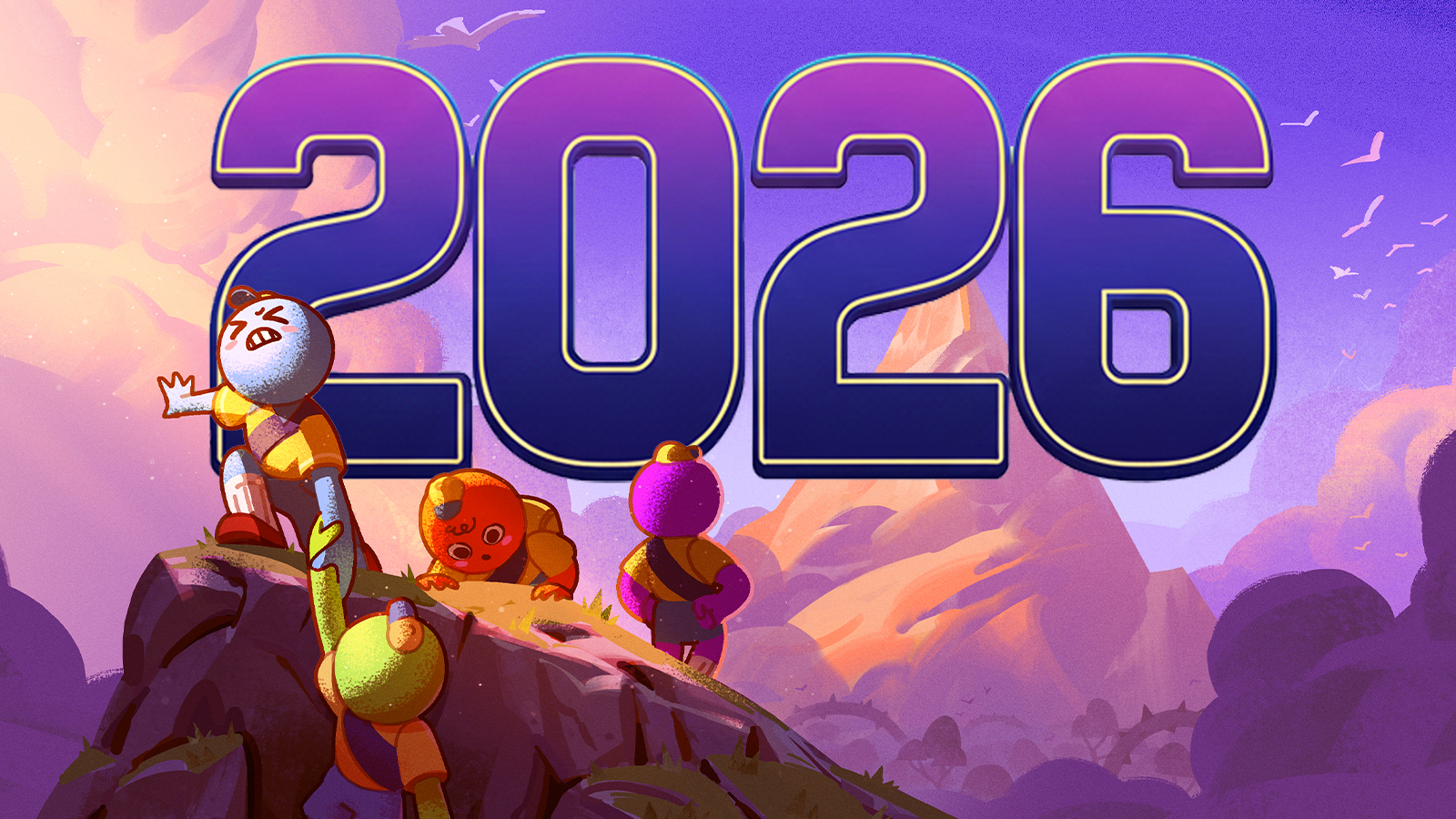How to get your first CG job
Creative studio Saddington Baynes gives top advice for exploring your first foray in the 3D industry.

When applying for a job, people often say it’s not what you know, it’s who you know. Well, we call BS on that.
In our industry, talent and creativity are obviously paramount. But that’s a little vague, isn’t it? What are employers in the VFX business really looking for? Production studio Saddington Baynes gives us the breakdown on just what it takes to make it in CG – from preferred career paths, to building a standout portfolio, and fitting in with office culture.
So! Here’s the inside track – how to work your way into a top digital artist position, brought to you by the people in the know at Saddington Baynes: ECD James Digby-Jones, creative director Andrew White and HR manager Poppy Boden.
Where do I start?
The majority of our artists are, generally speaking, ‘classically trained’. They’ve often got a degree or equivalent in fields ranging from:
- Animation and VFX
- Graphic Design
- Illustration
- Photography
- Computer Science
- Automotive Design
- Computer Games Modelling and Animation
- Industrial Design
- Software Development
- Engineering
We're diverse from top to bottom. The key things we look for when choosing a candidate are passion in their work, strong technical knowledge, a keen eye for detail and above all a creative mind.
What experience do I need?
An impressive CV and portfolio is great – essential, even – but in addition to relevant experience, we're looking for passion and commitment.
You need to be aware of new and emerging technologies driving creative trends and innovations.
Daily design news, reviews, how-tos and more, as picked by the editors.
Ultimately, we work with a massive range of brands and agencies; from healthcare to FMCG, apparel to automotive. If a specific role within our portfolio needs filling, then we’ll hunt for the candidates with the most compatible and relevant skills.
A good fit
Top compositors and brilliant lighting specialists don’t just appear when you wish for them (unfortunately!).
It also goes a long way if you have an interest in design culture, comics, films, animation and video games.
It might sound like a cliche, but there’s a constant buzz in the studio about these subjects – it’s part of our culture. When we’re recruiting, we consider how well candidates might fit with the rest of the team.

How do I build a perfect portfolio?
We like to see good ideas executed well.
Everything should come together as an aesthetically appealing whole, but it's the subtle details, the deliberate imperfections and the nuances that create authenticity and engage your audience emotionally.
A good artist follows the brief. A great artist brews up a perfect storm with their intent, concept, design and creative flair linking together perfectly.
You know it when you see it.
The do's
- Strive for realism when needed
- Keep an eye on those details!
- Show your imagination/flair
- Tailor your examples to your audience
- Solve problems & come up with new ideas
- Think outside the box
The don'ts
- Use effects for the sake of it
- Ignore the physics of light or perspective
- Give no context to your work
- Show only technical ability without imagination
Do I need to know my way around a particular software?
We use a wide (and growing) range of software in the studio and as part of our pipeline, but specific box tickers are experience in Maya, Houdini, Nuke and the Adobe suite.
Newcomers tend to arrive with experience of some, if not all, of these software packages.
But there’s always scope to improve and develop new technical skills! None of our creatives ever stop learning.
Keep learning
Newcomers tend to arrive with experience of some or all of the softwares described above, but there’s scope over and above that to develop further skills.
Our artists never stop learning, both on the job as well as in R&D projects and via the various online tutorials and training courses available.
Self-initiated learning is encouraged and expected here; our artists are very much in control of how fast and how far they grow and develop.

How much time will I need to commit to the job?
We start a little later to accommodate for London’s heaving transport systems – our standard hours are 9:30am to 6:00pm, Monday to Friday.
But you never know what's around the corner. We get a wide variety of work, thanks in part to the diversity of our clients, which keeps us on our toes. There’s never a dull moment.
Technology is ever changing and we are well on the way to developing a remote working platform, but right now we prefer our artists to work in-house.
It’s not just a productivity thing, it also goes a long way towards creating our buzzing atmosphere, and makes collaboration between and within teams seamless.
We love it in the studio.
Where will I fit in the studio hierarchy?
An open door management structure is important in any creative business.
At our studio, everyone is encouraged to have a view and take on responsibility for their own projects.
It’s important that team members from all levels of the business can get their heads together to successfully solve challenges.
There’s no time to stand on ceremony – everyone has a voice and is encouraged to use it to get results. Sometimes this means the best ideas come from the bottom up, which is as it should be.
Is it fun?
We don’t ask anyone to leave their personalities at the door. Our people say it’s like joining a family…but with free croissants, fruit and beer every week.
Plus, you get to play with Fidget, our handsome office dog, and enjoy our two annual staff jollies thrown in on top of our other benefits – including discounts at high street brands and restaurants. Neat.
Be courageous. Take pride. Collaborate. This is the mantra that sits behind everything we do.
It represents us at our best – we strive to deliver to an incredibly high standard every day and to challenge traditional means of image creation, so we can bring visual stories to life.
Of course, we all work hard. You don’t create great art unless you’re prepared to sweat the small stuff and take pride in what you do. So, we work hard – but we make sure everyone’s rewarded for their efforts, and we play hard too.

Saddington Baynes CEO Chris Christodoulou and senior digital artist Marc Shephard will be presenting a masterclass on 'Mass customisation of visual imagery: The challenges – and how technology can help' at Vertex, our debut event for the CG community.
Don’t miss out, book your ticket now at vertexconf.com. There are still some amazing workshops we’ve yet to announce so keep an eye on our website, where you can also find out more about the other amazing speakers, workshops, recruitment fair, networking event, expo and more.
Read more:
